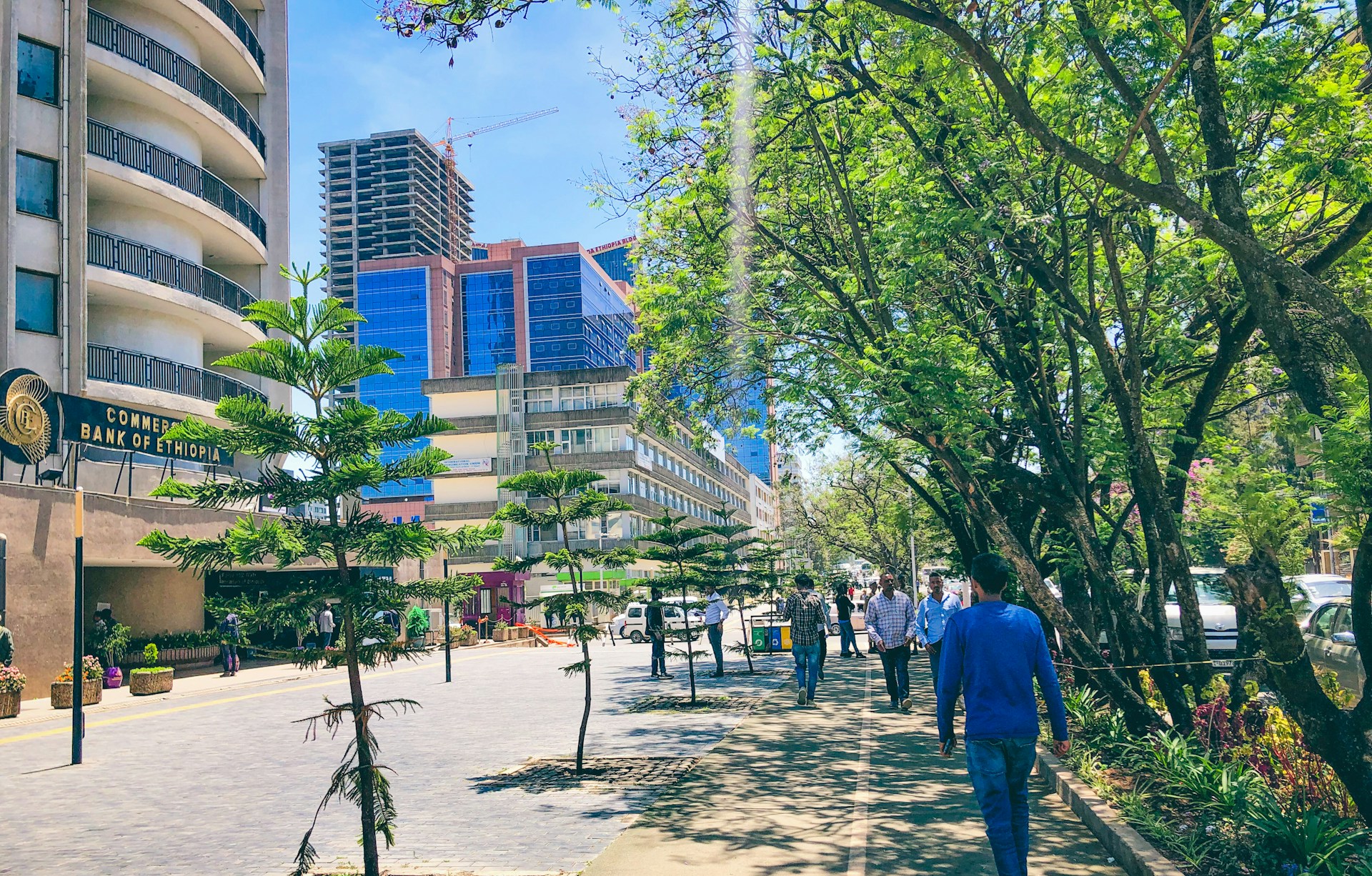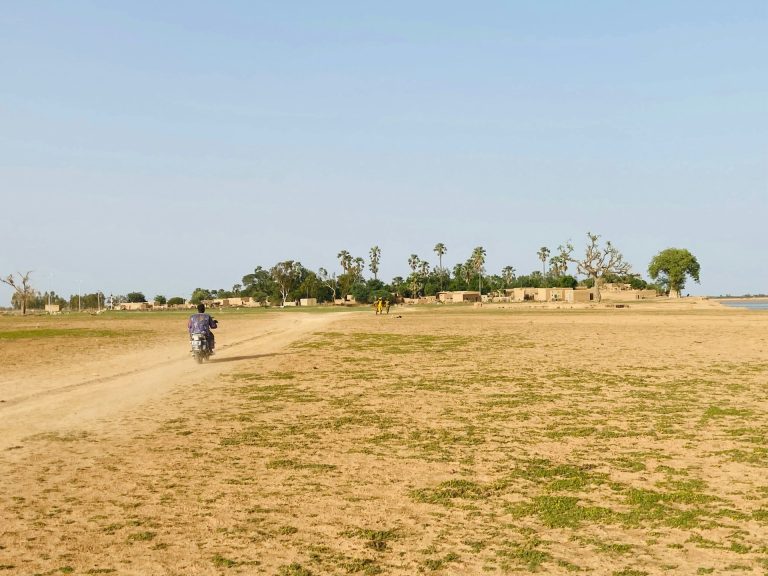- $150 million forex auction signals stronger reserves
- Ethiopia moves to close black-market exchange gap
ADDIS ABABA, ETHIOPIA – Ethiopia’s central bank will inject $150 million into the market this week to stabilise the birr and narrow the widening gap with black-market exchange rates.
The National Bank of Ethiopia (NBE) said the foreign exchange auction, scheduled for October 14, aims to reinforce its “price and external stability objectives” as reserves improve and inflation continues to ease. It marks the second-largest injection this year, following a $60 million sale in February, underscoring growing confidence in the bank’s reserves position.
According to the NBE, the move is supported by stronger foreign inflows from exports, remittances and gold sales, which have improved the country’s balance of payments and enabled greater liquidity support to importers.
“Foreign exchange supply conditions continue to be robust,” the central bank said, adding that commercial lenders are now better equipped to meet demand from businesses and individuals.
Policy confidence and market reforms
The NBE’s latest Monetary Policy Committee (MPC) report showed both the current account and overall balance of payments in surplus – a rare achievement for Ethiopia, which has long grappled with external deficits.
“Injecting $150 million shows the central bank has both the cushion and the confidence to act,” said economist Mukemil Bedru. “It’s a strong signal that inflows are catching up with demand.”
Governor Eyob Tekalign has sought to balance tight monetary control with gradual liberalisation, part of Ethiopia’s broader plan to transition toward a market-based financial system.
Headline inflation dropped to 13.6% in August, down from 18.8% a year earlier – its lowest level in nearly three years. The MPC attributed the decline to disciplined fiscal policy, improved agricultural output and prudent monetary management.
Notably, the federal government has avoided central bank borrowing for two consecutive years, easing pressure on money supply. The NBE has maintained its policy rate at 15%, while allowing a modest rise in credit growth from 18% to 24% to sustain business liquidity.
Tackling the parallel market
Ethiopia’s foreign exchange auctions, reintroduced as part of market-based reforms, are now central to the NBE’s strategy for transparency and price discovery. The upcoming sale, open to commercial banks on Tuesday morning, aims to narrow the spread between the official and parallel rates, which has widened amid high demand for dollars.
“The auction system is not just about selling dollars – it’s about credibility,” said Bedru. “It shows the NBE is letting the market speak, within limits.”
The birr, which trades officially around 57 per US dollar, has faced heavy pressure in informal markets, where rates have climbed above 90 birr in recent weeks, according to traders.
For Ethiopia, rising exports, steady remittance inflows, and moderating energy prices have offered some relief after years of macroeconomic strain. Still, economists caution that external shocks – from geopolitical tensions to commodity price swings – could challenge the NBE’s hard-won progress.
“The key test,” one analyst noted, “will be whether the central bank can sustain stability without exhausting its reserves.”










